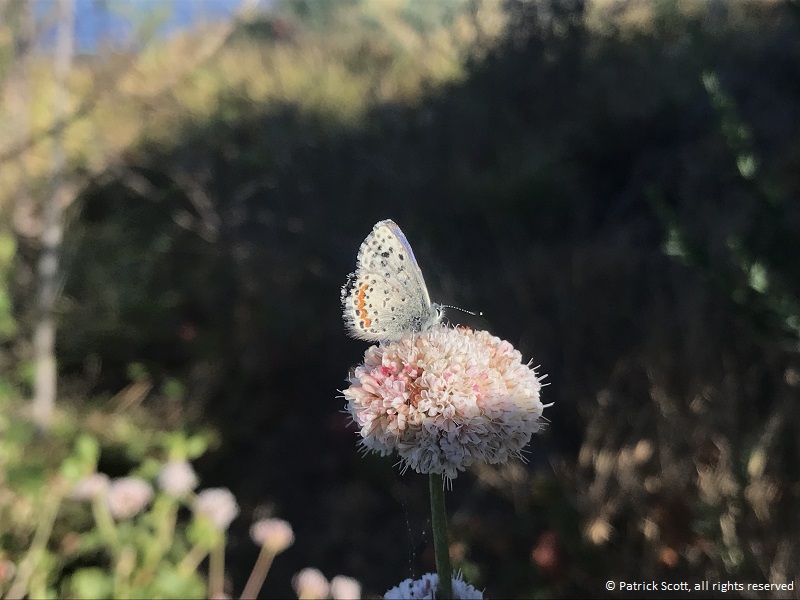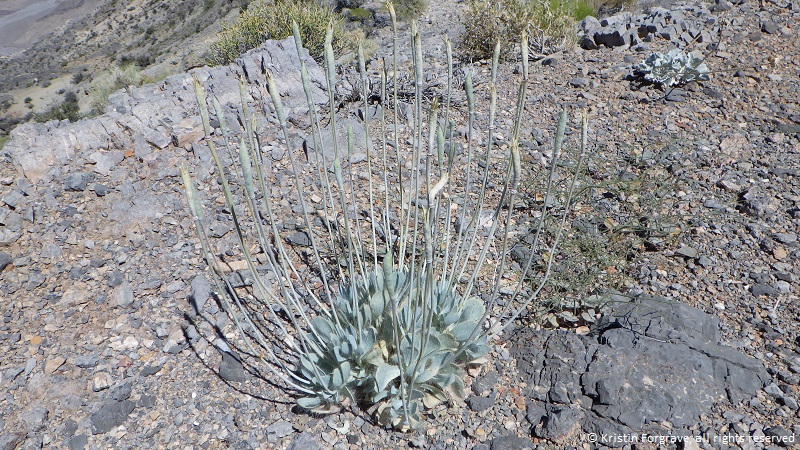Fall is officially here! The California heat is dying down and the fall transition is starting, which means many native species are preparing for the winter months to come. This transition period can create photo and observation opportunities that aren’t available year-round. Here are our favorite photos from September!

Euphilotes enoptes smithi – Smith’s blue butterfly
Submitted by Patrick Scott – California Department of Transportation
This male Smith’s blue butterfly was spotted posing on some seaside buckwheat on the coast of Monterey County. Smith’s blue butterflies start to emerge in the late summer and early fall to mate specifically on two buckwheat species, seaside buckwheat and seacliff buckwheat. They carry out their entire lives within a couple hundred yards of these buckwheat species! This butterfly has been listed as endangered under the Endangered Species Act since 1976. A large reason for their decline is habitat loss due to development, invasive plants, and livestock grazing. We always enjoy seeing endangered species such as the Smith’s blue butterfly fighting against all odds and reproducing in their native habitats. Thank you, Patrick, for this beautiful photo!

Arctomecon merriamii – white bear poppy
Submited by Kristin Forgrave
This delightful perennial was found along the Tetracoccus Ridge in Death Valley National Park. It is listed as a 2B.2 (rare or endangered in California, common elsewhere) in the California Rare Plant Ranking system. Arctomecon merriamii can also be found in Nevada where it is considered vulnerable. In California, it is commonly found in rocky areas of chenopod scrub, or Mojavean desert scrub. Having missed the April to May flowering period, it is no surprise we see the fruiting bodies on this individual. Thank you, Kristin, for the hard work you do and the amazing photos you provide!
Do you have some great photos of rare plants or wildlife detections? Submit them along with your findings through our Online Field Survey Form and see if your photos get showcased!